
For the first time in history, we’re hearing music made by a generation of artists who haven’t experienced life without the internet. Creators of all ages have figured out how to use the internet to their advantage, but there’s something special about this new wave of young artists and the way they interact with the world. Any information they could possibly want is at their fingertips, they can consume content from all over the world, and they can learn how to do anything they want to do.
And learn they do. Within a couple of years, young musicians can teach themselves how to make music, how to record it, how to share it, and how to build a fanbase with it. The traditional paths to a music career still exist, but there’s something particularly compelling about the kids who found success from their bedrooms.
Right now, we’re seeing a lot of those artists picking up momentum. Once relegated to niche pockets of the internet, many of them are starting to go mainstream, or at least showing potential that they can. Aside from putting up huge numbers in the streaming-dominated market, many are proving themselves on stages across the country, bringing sounds they made in their bedrooms to crowds in cities they’ve never even visited.
The DIY ethos is present across genres, but there are some shared characteristics among some of the most rapidly rising newcomers, and the term “bedroom pop” became the easiest way to describe it. “There's a certain lo-fi, psychedelic-leaning sound that most artists in the space touch on,” says John Stein of Spotify, “but the real thing that connects these artists, in my mind, is that they're creative and independently minded. They're making their music themselves—it's personal, and it feels fresh and real to fans. To most people, your bedroom is where you can truly be yourself... I think the term works well in that mindset.”
The traditional paths to a music career still exist, but there’s something particularly compelling about the kids who found success from their bedrooms.
John Stein and the Shows & Editorial team at Spotify noticed the rise of the DIY artist in the middle of June of 2017. “We were starting to see some great new artists really connect,” he says. “Many of them were on our radar for a while, but more and more it was feeling bigger than just a few cool, young, unique artists. It felt like there was a proper movement building.”
Toward the end of 2017, one moment confirmed Stein and his team’s impression. Clairo’s “Pretty Girl” music video—a video she made in her bedroom, with zero budget, in 30 minutes—went viral. “I'm still not entirely sure how ‘Pretty Girl’ blew up the way it did,” Clairo told us in September of 2017. “It wasn't really meant to… I only expected about 5,000 views at most!” The video now has over 12 million views, and Clairo is well-positioned to be a breakout star.
By the end of the 2017, Spotify had decided to make a playlist featuring Clairo and some of her like-minded contemporaries. “Seeing Clairo's ‘Pretty Girl’ video blow up, and then the real connection she seemed to be having with listeners, really solidified making the playlist for us,” Stein explains. “We tried to think of a clever title for the playlist for about three months before it came out in January 2018, but decided to keep it simple with Bedroom Pop.”
In just a few months, the Bedroom Pop playlist has close to 100,000 followers. It currently features Clairo on the cover, with just over 100 songs by acts like Yellow Days, MorMor, Gus Dapperton, Banes World, ROLE MODEL, Michael Seyer, Still Woozy, Cuco, Roy Blair, Steve Lacy, Kevin Abstract, Rex Orange County, SALES, London O’Connor, and Cosmo Pyke.
“The biggest thing, in my personal opinion, is that it sounds authentic and fresh,” Stein says of why things are starting to click for so many of those included on the playlist. “These artists are making music on their own terms, and you can hear it. That doesn't mean it's poorly produced or something, you just know that it's not being done with huge mainstream audience in mind. They're making what sounds good to them, and I think the audience really feels that.”
In speaking with many of these artists, that term “bedroom pop” isn’t very popular. For most, making music in their bedroom is just the first step, not a label they want to carry for their entire careers. Of course it starts in the bedroom, it always starts in the bedroom these days, but usually the kids who take initiative to create, record, and distribute music from home are the ambitious types with goals more lofty than can be achieved from a bedroom.
In speaking with many of these artists, that term “bedroom pop” isn’t very popular. For most, making music in their bedroom is just the first step, not a label they want to carry for their entire careers.
At the same time, when any new movement gets identified, some artists can feel boxed in. “From what I can tell, a lot of the backlash comes from taking the term as a rule,” Stein says. “But I feel like the majority of fans don't care whether it's made in a bedroom, or a studio, or wherever. If the music starts to feel less real, less authentic—that's when there's a problem.”
“I have a love-hate relationship with the term ‘bedroom pop,’” says Clairo. “I definitely understand where it comes from but people have been writing and recording music in their home studios for years. I guess what makes this wave of artists different or special is the fact we’ve created a community among ourselves.” Clairo’s intention was never to make bedroom pop-sounding music—she was just working with what she had, which wasn’t the highest quality equipment. She thinks of many of the songs she’s shared so far as demos, and she’s enjoying the process of working in a studio.
Whether you call it bedroom pop or not, and whatever it evolves into, there’s no denying that some common thread runs through the music. As is the case with most flourishing scenes that start with a small group of acts, things will probably start to branch out quickly. Like Clairo, many artists who start out making uncomplicated, lo-fi music plan to eventually embrace a more ambitious sound. What will remain, and what's really compelling about this new movement, is the community they're building. From leafy London suburbs to sunny Los Angeles, these artists are making some of 2018's most exciting new music, and they're doing it together—even if it all started solo in the bedroom.
Clairo
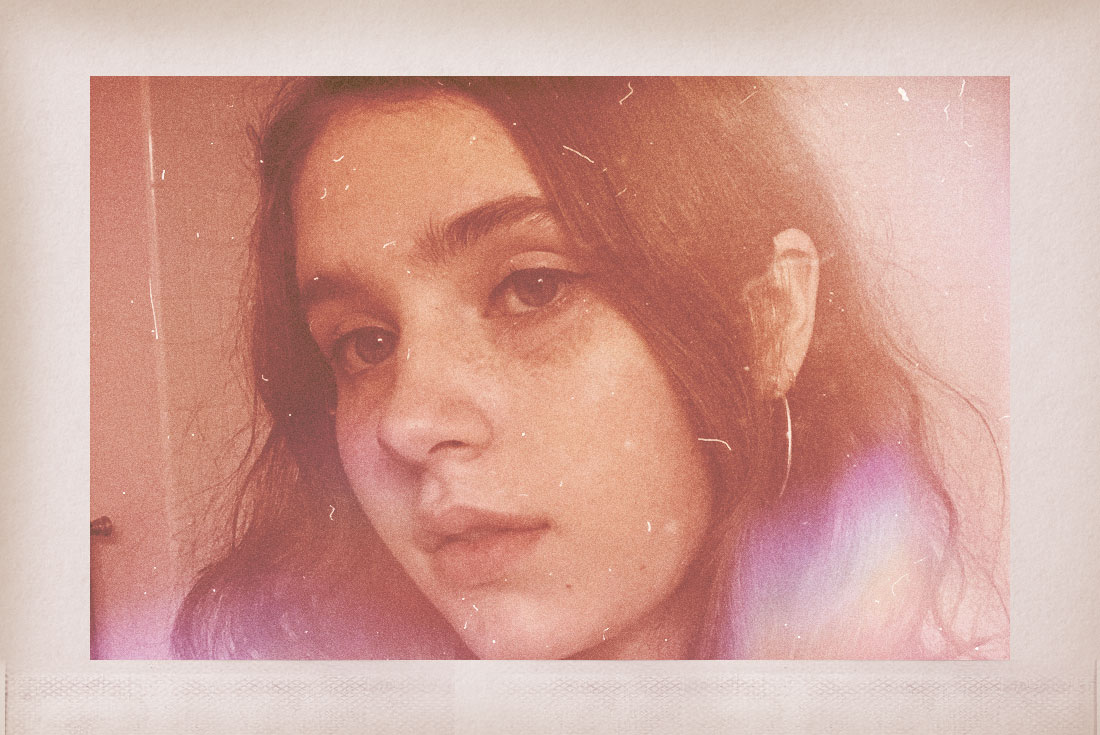
Clairo went viral when she was 19 years old, with a music video that she made in her bedroom in 30 minutes. Today, the "Pretty Girl" video has almost 13 million views. Fans fell in love with Clairo's raw honesty and DIY approach, but she never intended to stay in her bedroom. When we interviewed her in September of 2017, she told us, "Right now I'm making it in my dorm at school. It was never my intention to make 'bedroom pop' sounding music, I just used the resources I had available to me... and they weren't very high quality."
Today, she still has mixed feelings about being stuck with the bedroom pop label. "I have a love-hate relationship with the term 'bedroom pop,'" she tells us. "I definitely understand where it comes from but people have been writing and recording music in their home studios for years. I guess what makes this wave of artists different or special is the fact we’ve created a community among ourselves. It can feel a little restrictive being put into a category. A lot of my songs are just demos to me, so I’m really excited to put out my EP and show the world what else I have in store. The amount of friendships I’ve made through this term 'bedroom pop' has been overwhelming. I’m so lucky that I get to meet and talk with so many talented musicians that are going through a similar experience. Connecting with them and working with them keeps my head on straight."
We're still awaiting the next chapter of Clairo's career. Her collaboration with Danny L Harle gave a glimpse into the possibilities, and with access to professional recording studios and momentum on her side, it's an exciting time to be a Clairo fan.
Cuco
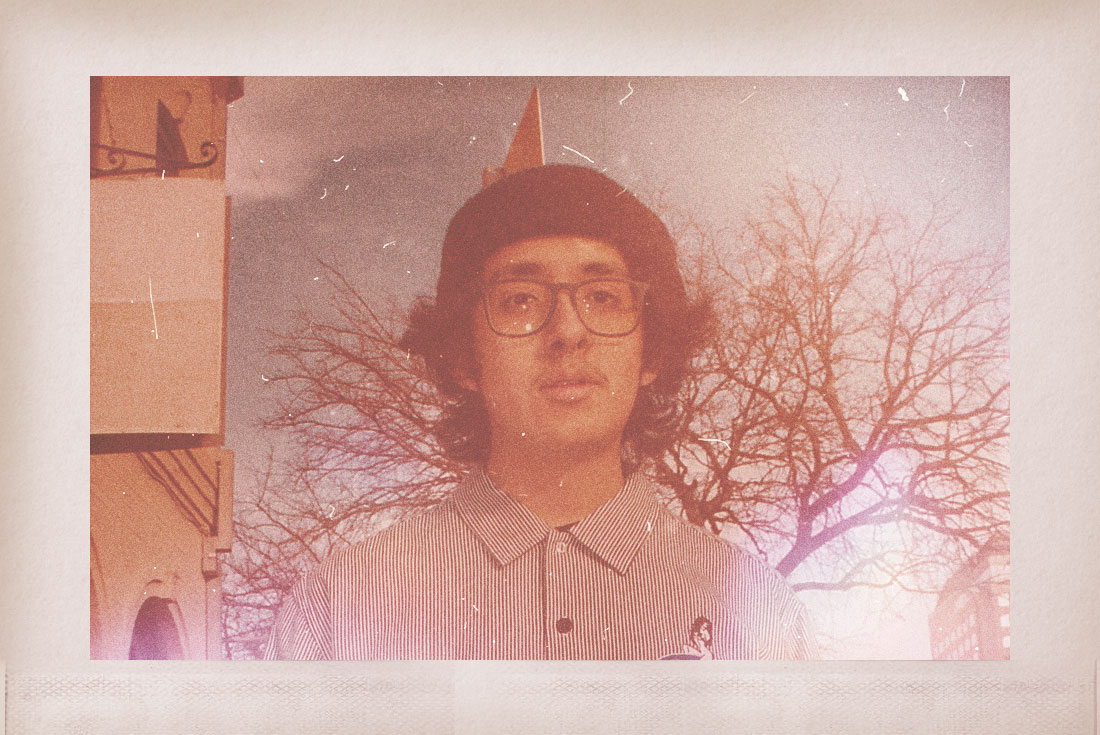
At 19 years old, Los Angeles singer Cuco (real name: Omar Banos) has been selling out shows in his hometown as he’s gained a dedicated following which the LA Weekly called “a devout fan base largely composed of Latina teens.” He’s been making music since he was eight years old and through the years taught himself multiple instruments and Ableton, eventually releasing a string of projects starting in 2015. His warm, dreamy pop is spreading beyond LA, and major labels are taking notice. “I’ve been to big music labels where they’re like, ‘Oh, we like your music but we just don’t know where to put you,’” he says. “I mean, you don’t really need to know where to put me.”
Even though the majors are figuring out how to scale an artist like Cuco, it’s his faith in the music and this DIY community as a whole which is most inspiring. “There are so many artists coming up. It’s just fucking dope to see that there is a space being created for DIY artists and DIY artists of color and all diversities in general.” He cites fellow artists like Inner Wave, Clairo, Bane’s World, Michael Sayer, Temporex, and Triathalon as friends, explaining, “It’s super important to support each other. Being a support system rather than being rivals with other artists is the way to go. You can do way more by doing shit together.”
On the topic of bedroom pop he explains, “It’s not completely restricting but at the same time it is, because I feel like there’s more to bedroom music than just bedroom pop. I feel like there’s some different alternatives and genres of what it could be. So I think it’s both accurate and restrictive.”
Gus Dapperton
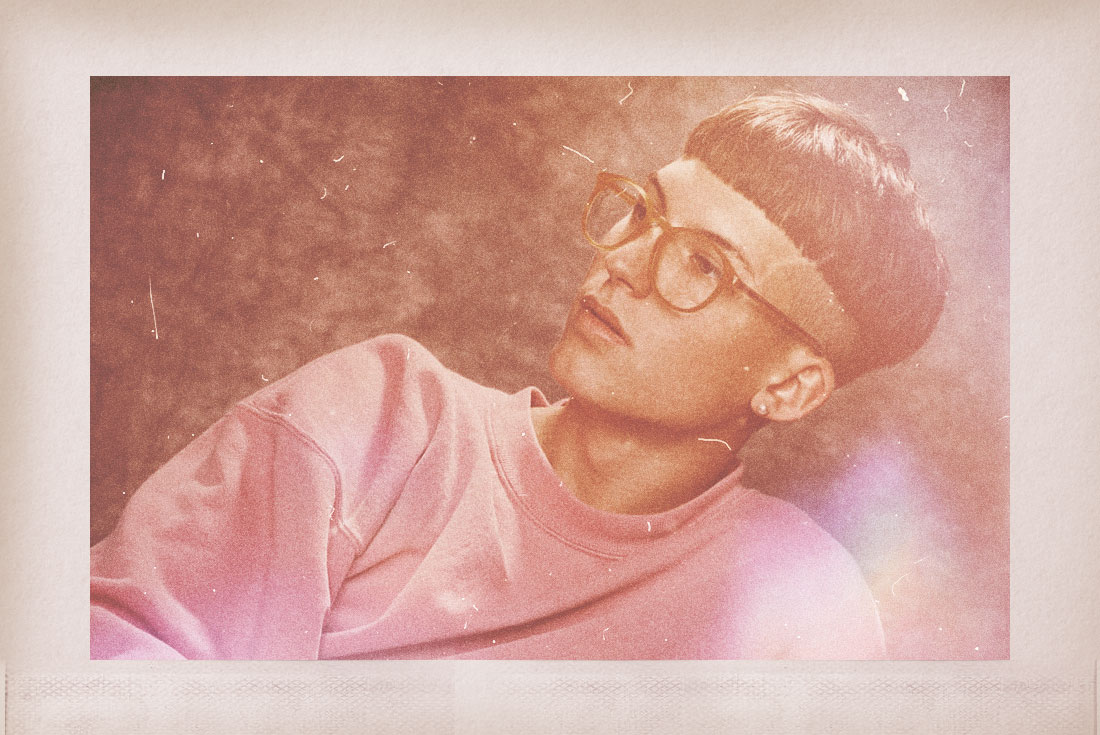
Throughout the two EPs Gus Dapperton has dropped in the past year—Yellow and Such and You Think You’re a Comic!—the 20-year-old has shown a tremendous amount of vulnerability. His openness and idiosyncrasies have fueled a powerful connection between Gus and his fans. His Matthew Dillon Cohen-directed videos for singles "I'm Just Snacking" and "Prune, You Talk Funny" have each pulled in millions of views on YouTube. Despite the major attention, Dapperton is still hyper-focused on the individuality of his creative process. “In the past I’ve had a hard time finding people I trust to collaborate with," he explains, "so prefer to do things myself. I also believe that DIY holds to the idea that doing it yourself is the only way of accomplishing your vision, when in reality it is probably the preferred way to a particular artist.”
When it comes to defining or categorizing himself and his peers as “bedroom pop,” Dapperton pushes back a bit. “I think it’s a bit discrediting to someone's music,” he says. “Just because some music doesn't derive from a studio environment does not necessarily mean it’s lesser or lower quality. I don’t think that is what the term bedroom pop was meant to represent, but I think it’s now associated with that idea. Whether or not the music has a similar sound, it definitely has a comparable level of character.”
Michael Seyer
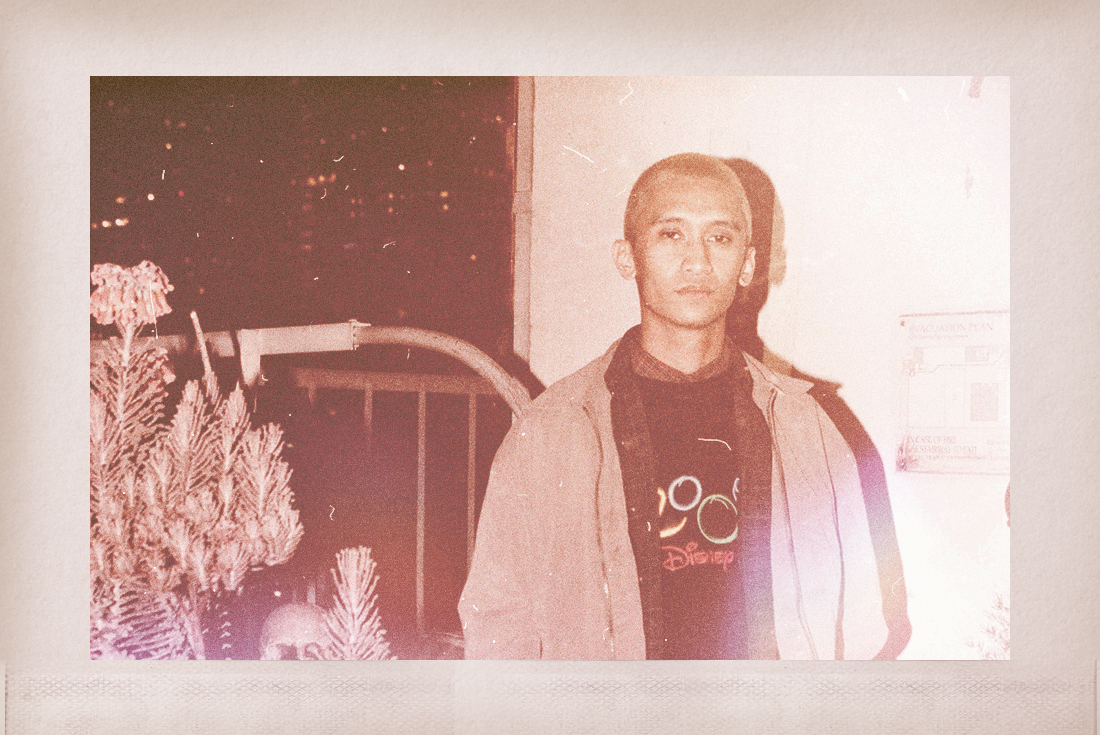
"I write songs and put them out in the world partly because it’s a way for me to be intimate with others in a way that I can’t otherwise be," Michael Seyer explains. That's a feeling he says he shares with many of the DIY artists on this list: "What listeners are hearing is extremely intimate in both production and themes. This is a music community that thrives on kids who locked themselves in their rooms and wanted to create something by any means possible. What comes out of it is an expression that values introspection and emotions."
Seyer's lush, dreamy sounds pull from inspirations as diverse as '50s soul and 2000s hip-hop, resulting in ambitious, stylistically diverse songs. Recording this music himself while attending school full time and playing guitar in Bane's World, the 22-year-old has already shown an impressive work ethic. He has similar feelings about the community as a whole: "I feel 'bedroom pop' is attached with the perception of lazy music but if anyone is watching any of the numerous people that are doing great things in this community, they’ll know that’s completely untrue. These musicians are hardworking, driven, and have something authentic to contribute. I don’t think it’ll be long until the genre is legitimized."
Still Woozy
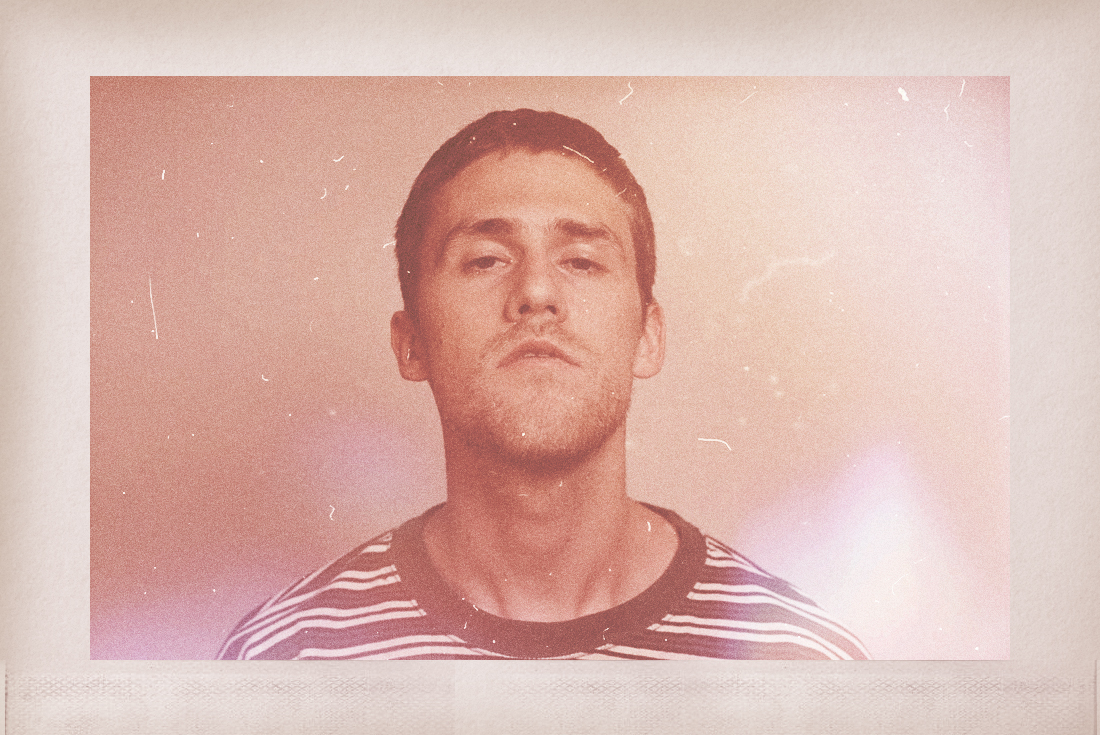
Still Woozy isn't afraid to get experimental and throw weird little psychedelic elements into his songs, but his music is rooted in an overall desire to connect with listeners on an intimate level. For him, the easiest way to achieve this is through what can loosely be called pop music: "My love of music has always been centered around pop music, so it just makes sense for me to try and make something akin to it." Since quitting a math rock band, he's focused in on simpler, more emotional sounds and struck gold with soulful songs like "Goodie Bag" and "Cooks" that mix warm analog sounds with forward-thinking electronic touches.
For now, he's recording everything himself in a garage studio, but he's open to change: "My life might take me into a studio and out of the DIY world, and if it feels like the right move, it'll happen." Although he's wary of the term "bedroom pop," he does appreciate the freedom that comes with a DIY approach. "It's cheaper and easier now more than ever to make music by yourself," he says. "You don't have to worry about wasting people's time or feeling uncomfortable in a studio and I think it probably just makes sense for a lot of people who don't really care about having an immaculate final product. But nobody wants to stay static or be put in a box." He adds, "There seems to be a kind of less pretentious attitude in a lot of current music which feels like a breath of fresh air."
Girl In Red
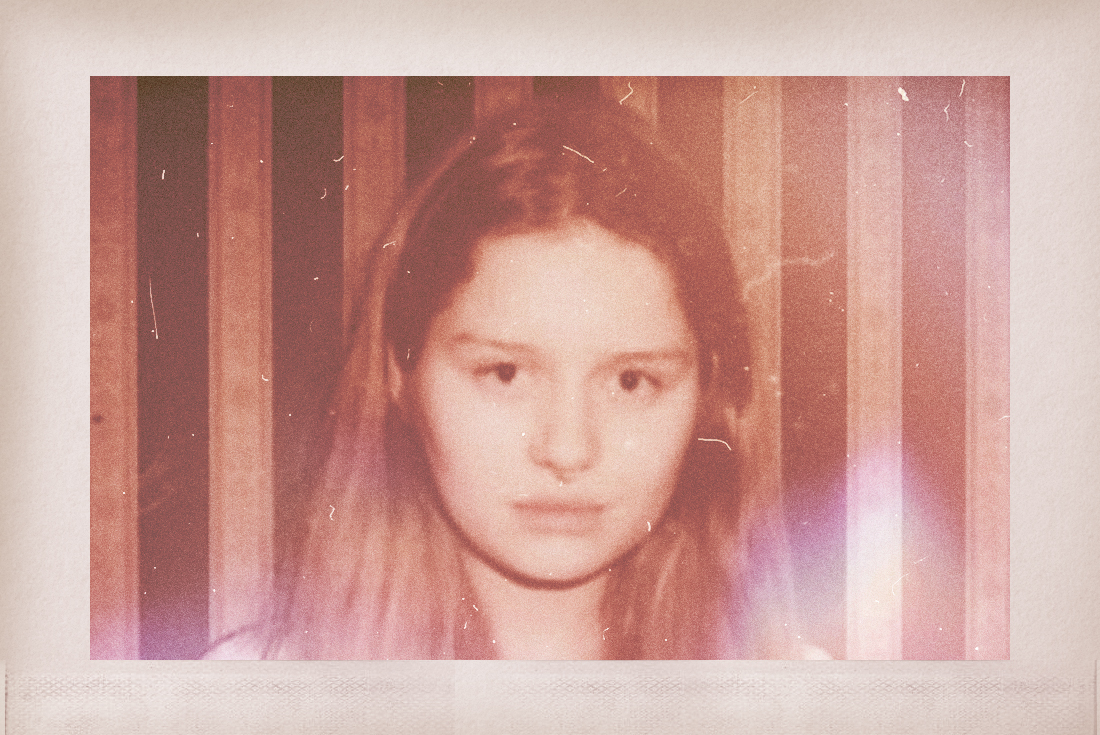
"There’s something really special about making music in my room," 19-year-old Norwegian artist Girl In Red says. "Because I can literally just be myself and make music in my underwear if that’s what I want. [Laughs]. And I like that no one is there to tell me how my music should sound." Free of pressure or expectations, she's making relatable songs about fumbling through relationships, staying up until four in the morning for no reason, and feeling depressed in the summertime. But even when the lyrics are dark, her music has a way of sounding hopeful and encouraging.
The 19-year-old's ability to turn natural feelings of bewilderment into art is liberating. At its core, Girl In Red's music is authentic—a word that she uses to explain a common thread that runs through all the artists on this list. "It’s really cool that people are just being themselves and getting recognition for the art that they’re creating," she says. The same thing is beginning to happen with her own music, in the most natural way possible: "I started out using SoundCloud, and then someone reposted my song on YouTube. Somehow that video reached a lot of people. If it weren’t for the internet and that video, my only listener would probably be my mom."
Temporex
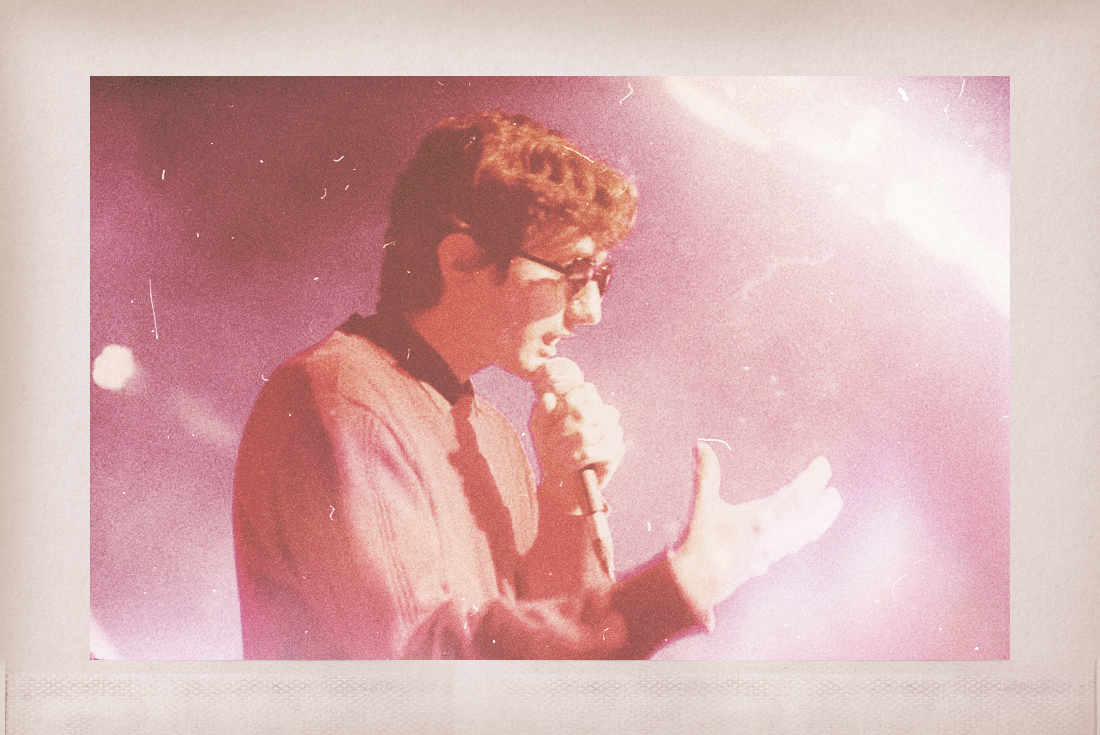
Temporex makes charming, whimsical pop songs. The cover artwork for his 2017 album Care is an illustration of a smiling man wearing a shirt that says "LOVE," giving a thumbs up to a smiling yellow flower. Honestly, that's a better description of Temporex's songs than any string of adjectives we could put together. This is colorful, comforting music from a sincere young artist.
Through the internet, his relatable songwriting and playful sounds are already connecting with listeners far outside his bedroom walls. "From the perspective of a musician, it's so much easier now to get noticed, or get in contact with an artist you respect," he says. "I tweeted my song out to Tyler, the Creator and he messaged me saying he really liked my stuff." In return, he makes a point to use his platform to spread the love right back and build community: "I think its very, very important for us to support each other. Especially now with the internet, if I see an artist on the rise that doesn't get enough recognition as they should, I'll tweet them out or post about them on my Instagram story."
As for the bedroom pop label, Temporex says he's worried it's "going to be the new adjective popularly used to describe artists who do everything themselves—another rendition of 'slacker pop/jazz' used to describe people like Mac DeMarco." But he does see one upside to the term: "It could encourage more people to try writing music, because literally anyone can do it these days. I recorded the vocals for Care on Apple iPhone earbuds."
Bane's World
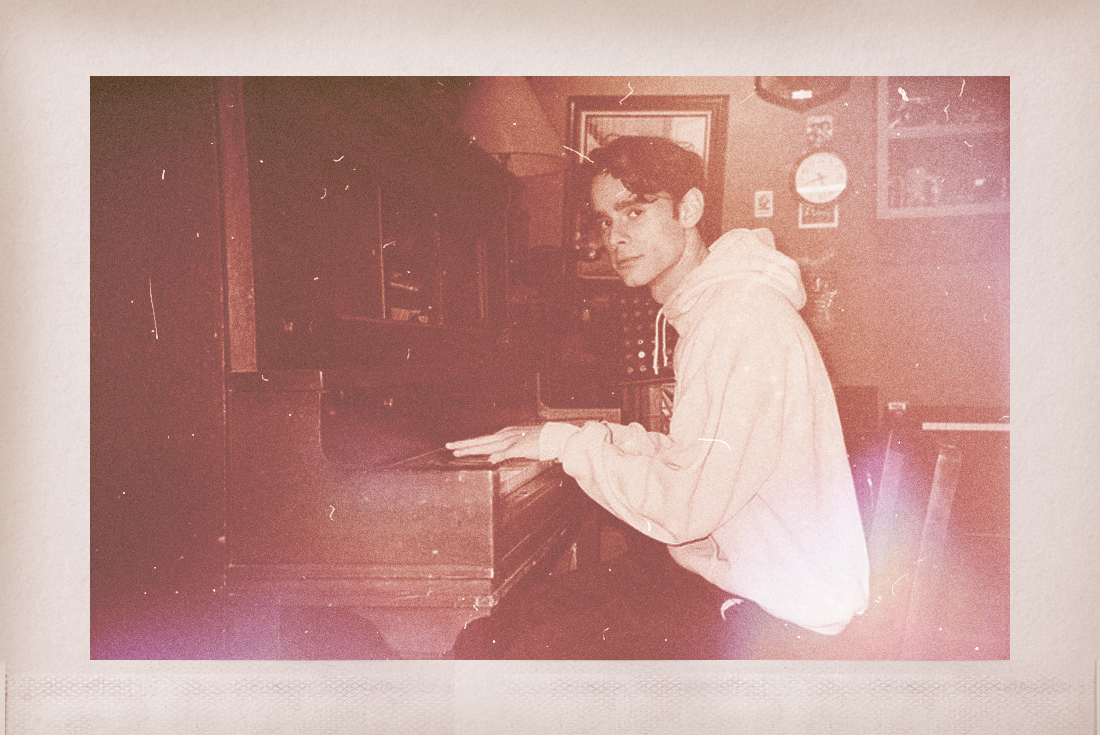
"I think that the people making music from the comfort of their homes don't really know what genre we are really making, to be honest," Shane Blanchard says. "In my opinion, it doesn't have a need to be put in a box, but people do love to categorize." So, if he were to play the categorization game, what would he call his work as Bane's World? Bedroom pop? Maybe. Intentionally answering in a tongue-twisting double-negative, he explains, "I don't necessarily think it doesn't fit in with that description, but I haven't thought of any better way to describe it."
"I think I fell into this style of music just because it came easily with time," the Long Beach native says. "The creamy and dreamy tones just really take me to another place, and I get lost in there for days." Blanchard's mellow, jazzy music has a throwback quality to it, but he's happily embraced technology to share his music with the world: "I can blame the internet for every single good thing that's happened to me the last couple years—in music that is. If SoundCloud didn't exist, neither would I." Addressing the community as a whole, he adds, "I really see the importance of being supportive, and open towards my peers in music. It's really cool to have it reciprocated as well. We're all young people who are part of a very young but rapidly growing community. I really love collaborating, and think I thrive while working with other artists. I find I always learn something new when I do!"
Yellow Days

"There’s no such thing as a genre anymore," says 19-year-old English artist George van den Broek of Yellow Days—rejecting the idea of boxing today's artists in with outdated labels and descriptions. "You can just stick the word 'neo' in front of loads of stuff, I guess, or alternative, but that’s such a weak term. I try and make a concoction of jazz, soul, and blues."
Yellow Days was introduced to many in January when his song "Gap in the Clouds" featured prominently in an Atlanta promo, but since 2016, he's been making genre-defying music centered around a voice that bleeds raw from an unquenchable longing. Instead of a bedroom, George prefers a garden shed behind his family home, where he creates all of his own artwork as well as sings, writes, and produces his music. Now that his songs are reaching far outside that shed, he's determined to avoid distractions: "A lot of artists get fed into the system and they stop acting like musicians. Instead, they act like businessmen and then their music ends up commercial because they lose sight of their role. Their role isn’t to PR themselves, it’s to make music. I stand by that heavily. You have to stay in touch with the anxious teenager inside of you."
The Marías
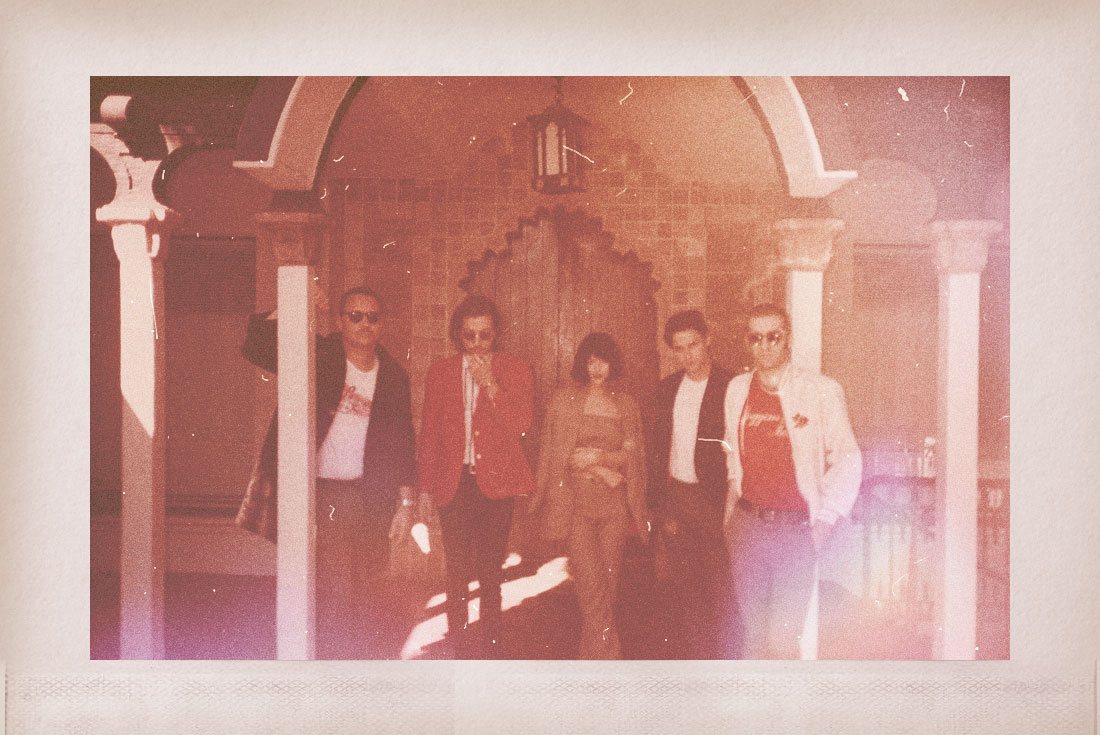
With the intense focus on personas in today’s music market, it can be hard for bands to get a break. LA-based group The Marías have managed to get around this by combing their enchanting melodies and introspective lyrics with dreamy visuals. The group, led by lead singer María and drummer/producer Josh Conway, released their atmospheric first project Superclean Vol. I last November. “We just write and record anywhere we feel inspired,” says María. That DIY mentality is clear as three of their most popular songs, “I Don’t Know You,” “Basta Ya” and “Déjate Llevar,” were all recorded in home studio setups.
Despite the way the music was made, the group is less focused on specific descriptive labels and more centered on the connections with fans. “Technology has made it so easy for anyone to record a song anywhere, so I think ‘DIY artists’ is a much more fitting term,” explains Josh. “For some artists, ‘bedroom pop’ fits like a glove. Whether or not its restrictive or misleading is completely up to the fans though.”
Steve Lacy
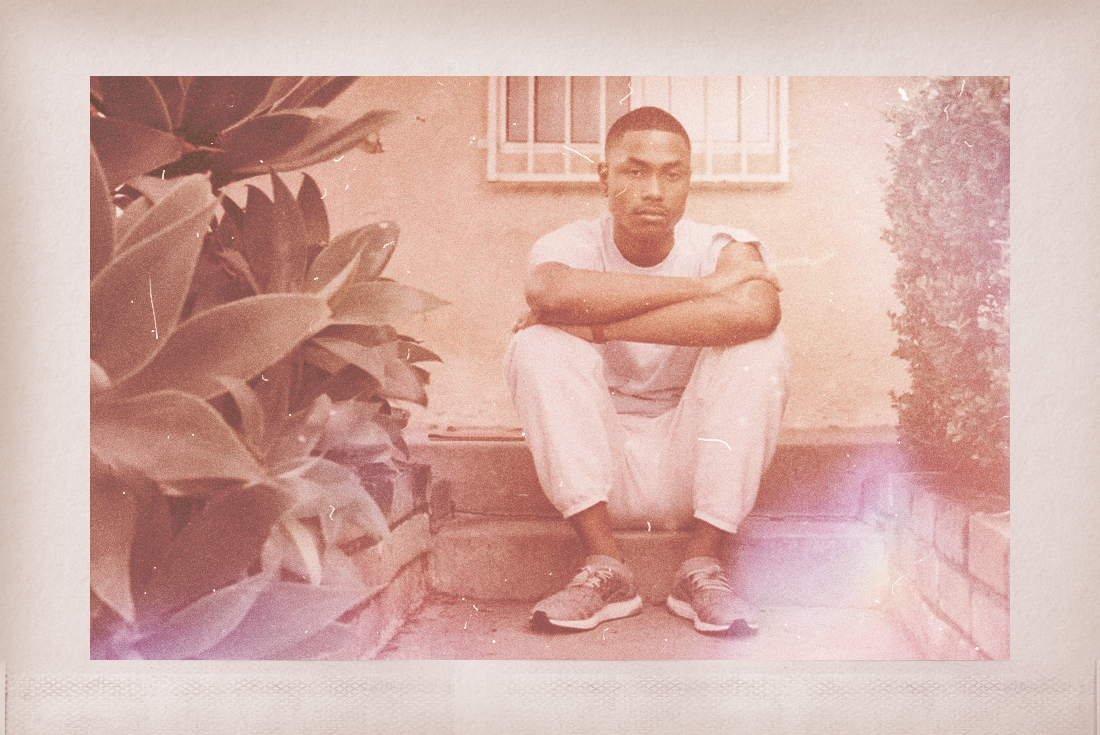
Steve Lacy is proof that a hungry young artist with a DIY approach can achieve music's highest accomplishments. Before he even graduated from high school, Lacy used his iPhone to produce songs for The Internet's Grammy-nominated album Ego Death. During a 2017 TED Talk, he explained, "I was exploring the world of sound with this little device in my pocket, and I realized that I didn't necessarily need what I thought I did."
Lacy dropped his first solo project in 2017 and collaborated with heavy-hitters like Kendrick Lamar, Tyler, the Creator and Goldlink, but he never stopped using his iPhone. "I remember when I was working on my demo, I got my manager to buy me this studio, only to record using my iPhone," he says. "So I'm in this studio with all this equipment just to write a song on my phone." As his career progresses, Lacy will likely move on from his iPhone experiment and end up translating his methods to the studio at some point, but his message will continue to serve as a roadmap for young self-starters: "Just use what you have, you know?"
Frankie Cosmos
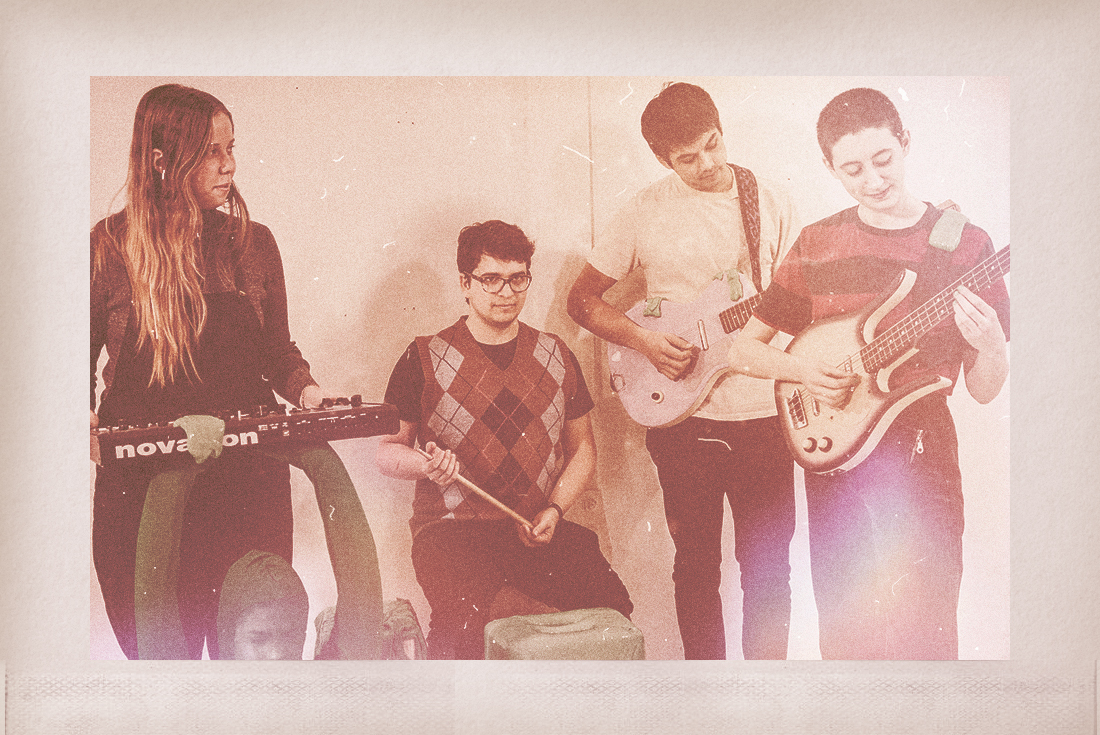
"Most of the music I put out in the last four years has been recorded in a studio," says Greta Kline, admitting that her music as Frankie Cosmos has evolved beyond the bedroom pop description. But her DIY, independent approach lives on in her songwriting: "I still make demos for all my songs, which, if I put them out, would probably be categorized as bedroom pop. I gravitated towards making that because it’s the only kind of recording I know how to make on my own. Now I relinquish some control in order to effectively capture the sounds of all the bandmates' instruments and parts."
Kline began her career by uploading lo-fi home recordings to Bandcamp, and she's managed to hold on to her genuine charm as she's grown to be more collaborative. With more years of experience than most of the other artists on this list, Kline's career arc could be seen as a blueprint of sorts for DIY artists hoping to expand and evolve without losing the authentic spark that makes them special. It was recorded in a studio with a band and released by Sub Pop Records, but Frankie Cosmos' new album Vessel carries the same spirit as her earliest Bandcamp uploads.
Billy Lemos
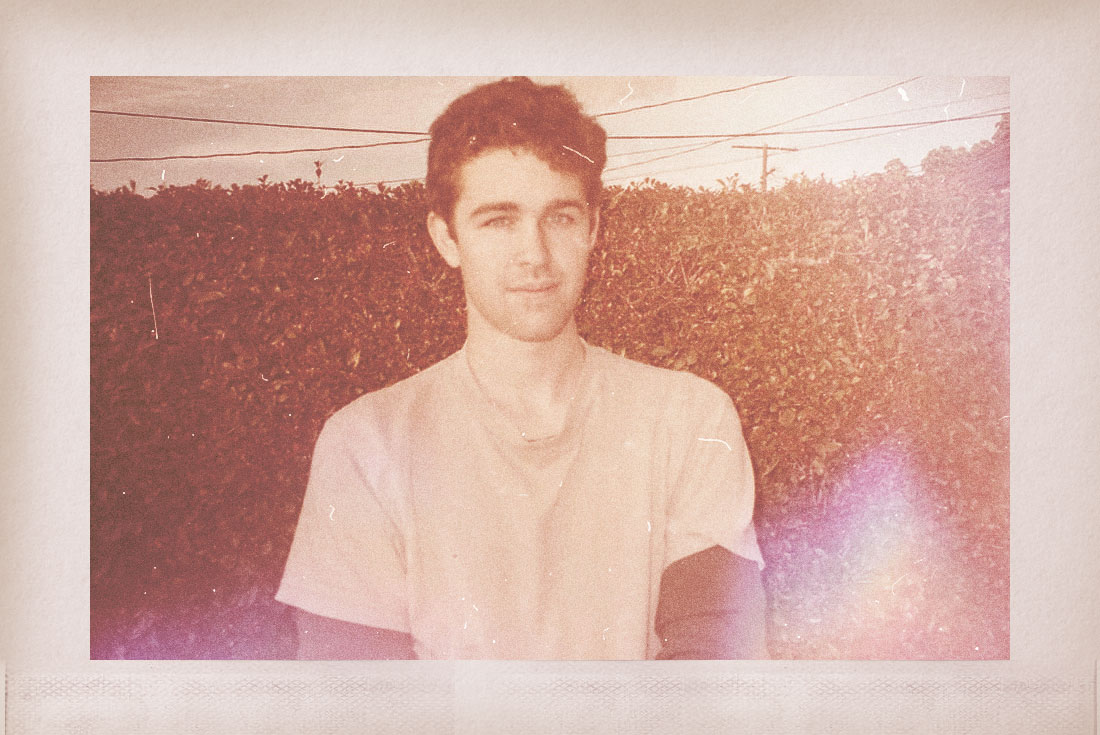
California-based Billy Lemos describes his life right now as a balancing act, splitting focus between launching a music career and being a college freshman. While some artists write songs to fit their homegrown aesthetic, Lemos is already creating music that could easily be imagined as a more ornate production. And don't be surprised if you hear that expansion from him eventually.
"I think the term bedroom pop is restrictive," he says. "Putting yourself into that box and classifying yourself under that genre prevents your growth. It’s understandable to make music with relatively lo-fi and minimal production for a bit, but you have to evolve your sound as you gain resources."
Lemos collaborates on songs more often than he records solo, and connecting with line-minded artists is a priority for him. "I think way too many people view music as something that’s supposed to be competitive but in reality, that's counter-intuitive," he says. "Working with people that share shit with you and support you is encouraging and essential."
Boy Pablo

Thanks to a YouTube algorithm quirk, a lo-fi video from a Norwegian artist named Boy Pablo started racking up millions of plays in late 2017. Those who decided to roll the dice and click on the thumbnail of a squinty kid in a pink hoodie were treated to warm guitar tones, unique songwriting, and an overall charming energy. Still grappling with everything that was happening as the YouTube views rolled in, Pablo said at the time, "As soon as we were put on recommendations, things went crazy. I'd love to know who in the YouTube team found our video and how, because the fact that people are finding out about me through my music video is already giving me so many new opportunities with my music."
Out of nowhere, the DIY music of an unknown teenager in Norway was reaching millions of people across the world. Won over by his authentic feel, fans followed Pablo off of YouTube and started running up his streaming numbers across all platforms—helping to launch a career in the most 2018 way possible. It looks like this story isn't quite over yet, either. Pablo's excellent 2018 follow-up "Losing You" gives us the impression his music would have found its way to an adoring audience whether it gained the favor of an algorithm or not—but we can't complain about YouTube speeding up the process.
Superorganism

Most of the artists on this list are solo acts, but Superorganism relies on the collaborative benefits of putting eight DIY-minded individuals from all over the world in a house together with a common goal. Their origin story reads like a futuristic fever dream, involving the YouTube recommendations algorithm, internet memes as a means of bonding, and lots of Skype. The group, which morphed out of the indie rock outfit The Eversons, consists of members from Japan, South Korea, England, Australia, and New Zealand—but after finding success with their debut single "Something For Your M.I.N.D." and signing with Domino Records, most of the global team has relocated to a creative house in London.
There, they craft playful indie pop with synths that jump with an innocent whimsy and lyrics that touch on the social implications of the tech that brought them all together. As they recently explained to Aesthetic Magazine, Superorganism might be large in number, but they come together as one through music: "We do collage on this first record: eight brains melding into the one entity. A lot of the song ideas start as conversations in the kitchen, or chats on WhatsApp. We’ve all shared this life together, some of us for a really long time." This is a group that connected their bedrooms via the internet and is now touring the world together with their DIY creations.
ROLE MODEL
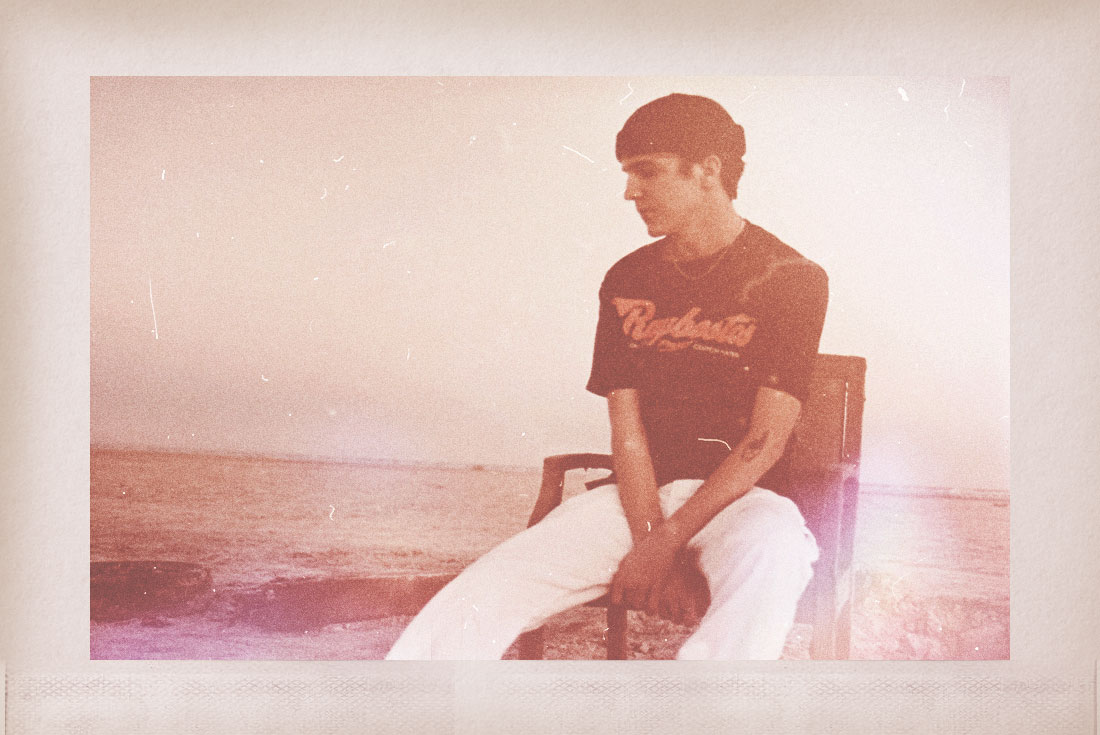
ROLE MODEL (real name: Tucker Pillsbury) is a 21-year-old singer whose debut EP Arizona in the Summer was inspired by a dark time in his life. The lush, layered music and relatable lyrics embody emotions we all feel at times, and his self-directed video for "girl in new york" shows that his creativity isn't limited to music.
“I'm not sure what [bedroom pop] is exactly, but I don't feel that I fall under the category necessarily,” he says. “The new wave of DIY artists that tend to be brought up with that term are absolutely amazing and have huge careers ahead of them, but I'm not sure the term bedroom pop emphasizes that enough. However, I understand that people have the urge to categorize what they can't understand.” And while it’s all love for the community as a whole, Pillsbury is shooting for the stars: “It's tight, but first one to get a Drake feature wins.”
Roy Blair
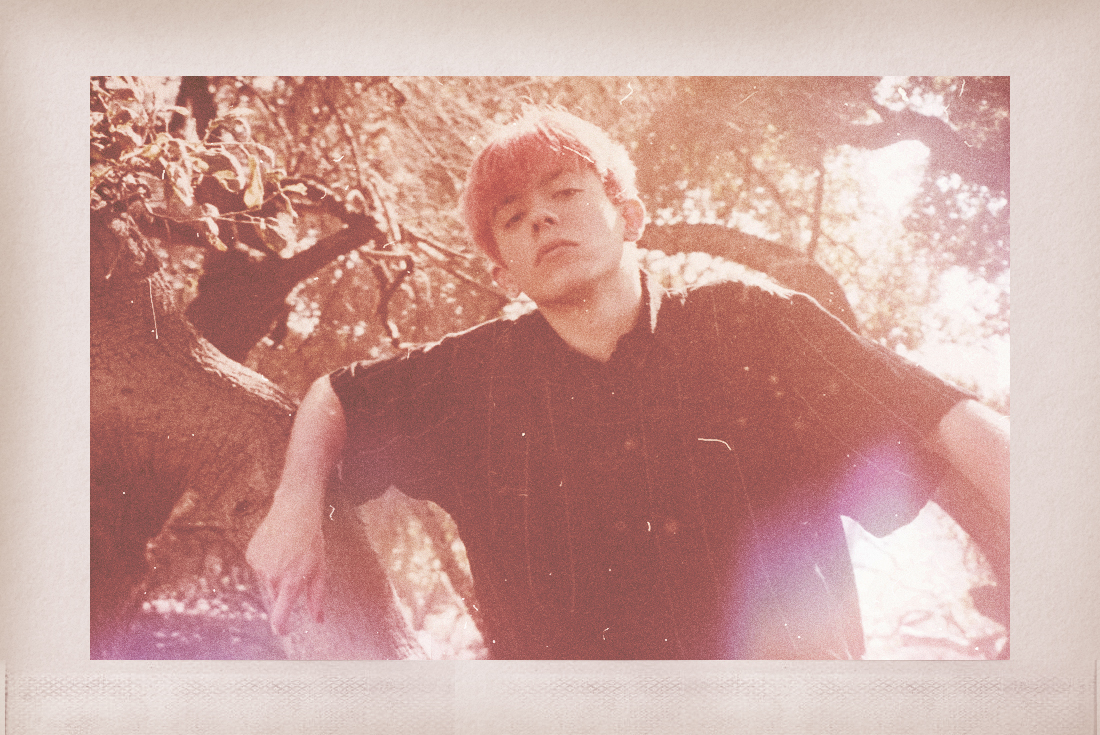
Roy Blair was introduced to many in 2015 when Kevin Abstract praised his debut EP, sunsets. Blair joined Abstract to sing backing vocals on the American Boyfriend album (and tour) before creating his own world with Cat Heaven—a deeply personal LP released in late 2017. The project is home to hopeful standouts like "Thunder," a song that plays like the emotional climax of a coming-of-age film when everyone finally embraces their mistakes and takes steps toward the future. In his own words, Blair wrote the song "for the kid who barely made it to graduation and can’t wait to get out and change the world."
Blair's homemade process lends itself well to songs that explore raw, unfiltered emotion. Cat Heaven disregards genre as it uses elements of dream pop, punk rock, and rap to carry the message of an artist who has a knack for turning relatable insecurities into motivation. As he explained to Coup De Main Magazine, "I think my album was a lot about growing up with uncertainty about yourself and many questions about the world around you. Hopefully, if someone's listening they can find some answers by the end of the record to take with them."
Rex Orange County
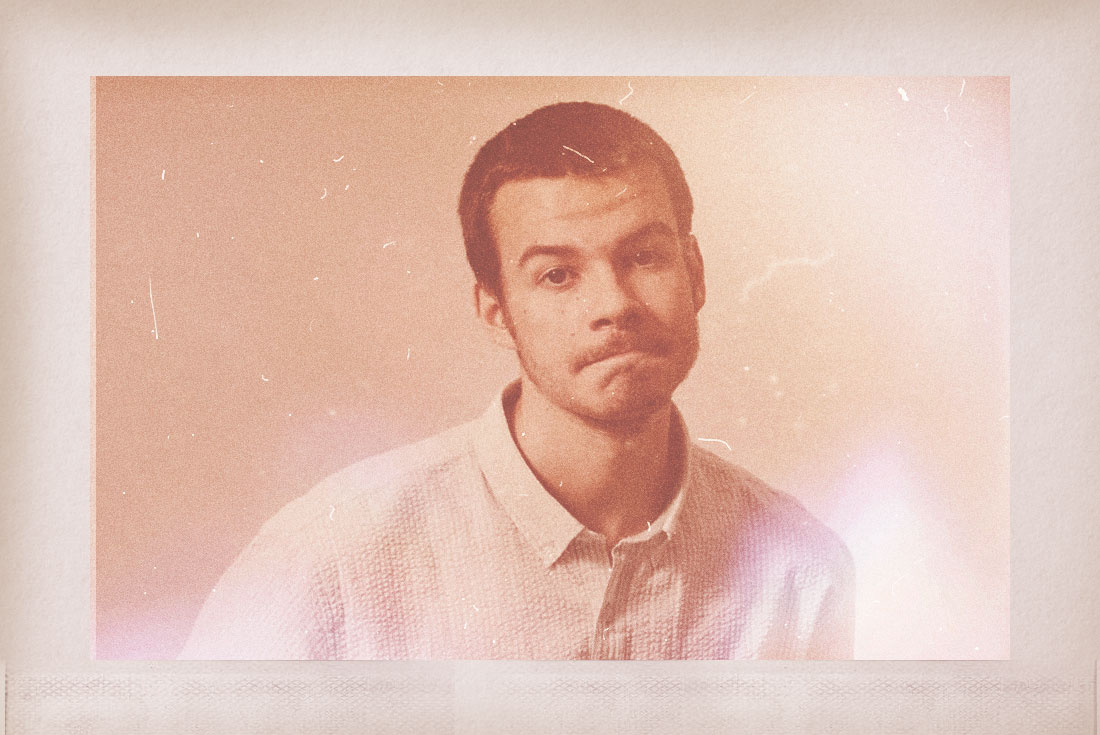
With his 2015 debut bcos u will never b free, Rex Orange County laid a foundation with strong songwriting and a genre-hopping approach. It was self-released through Bandcamp, where it was described as a "bedroom album by Rex." His next project Apricot Princess, as well as a trio of singles, came out in the first half of 2017, and Rex took things to the next level with prominent features on Tyler, the Creator's Flower Boy.
One of his best singles to date, "Loving is Easy," followed a few months later. Rex taps into the awkwardness and giddy joy of young love and captures the trials and tribulations of growing up through his songs. The 19-year-old English artist keeps things interesting with lush production and intimate lyricism, and as well-rounded as his music already is, it still feels as if we're witnessing the early stages of a long career.
"I don’t think about genre at all, especially not now," he says. "I may have in the past, but on Apricot Princess and from now on, I don’t put a label on things. As long as there are nice chords and keys, and it feels right, that’s what I care about. I want nice songs. I don’t want to worry about where I have to place songs on a playlist. I’m looking to make genuine, great songs and put them together into albums."
Omar Apollo
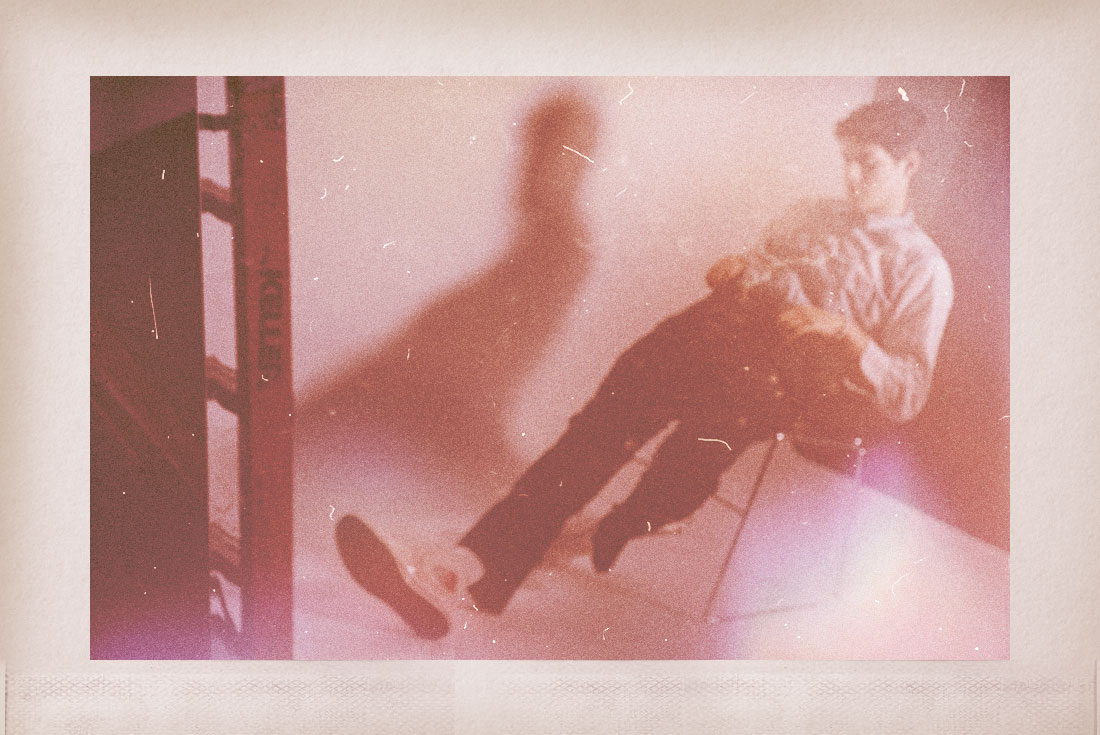
The last year has been a whirlwind for Indiana native Omar Apollo but the hard work is starting to pay off. The 20-year old recently quit his day job at Guitar Center as he’s racking up millions of plays on streaming platforms. With effortlessly silky songs like “ugotme,” Apollo’s music can fit into a lot of different boxes but the DIY spirit is an essential element in his vibe. “I don’t know if anybody would’ve heard my music if it wasn’t for the internet,” he explains, “I make it [music] in my room but that’s cause its all I had.”
The child of immigrant parents, Apollo has stayed focused and is now looking at how others can benefit from this community as a whole. “Other people can see the interactions and get inspired to keep going no matter what situation they’re in,” he says. “I remember when I was going to sleep for dinner, that shit kept me inspired.”



